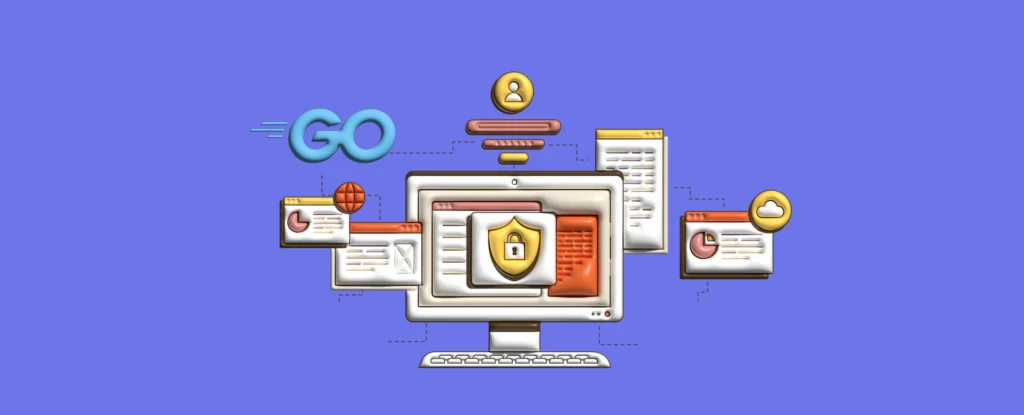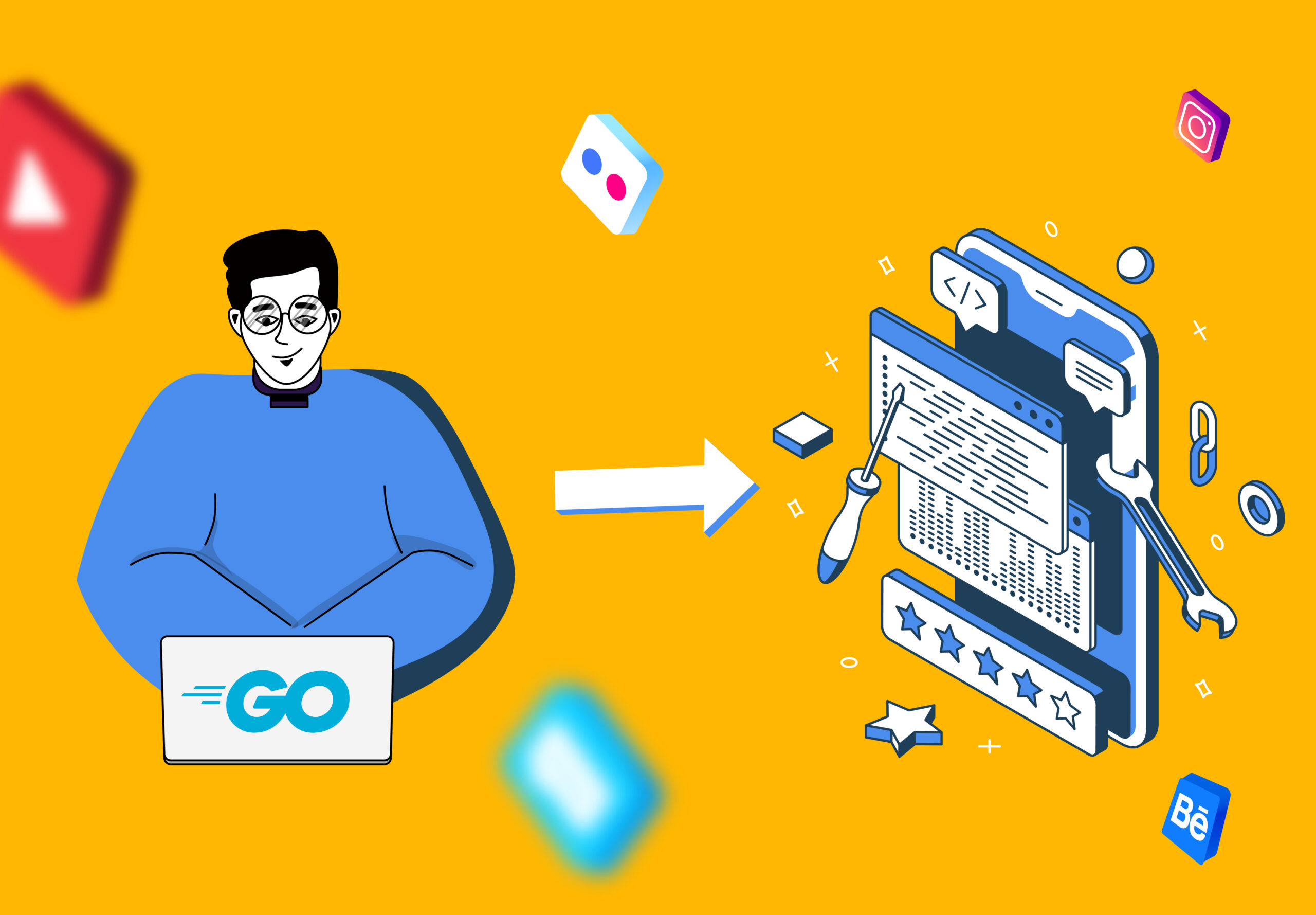The Sheriff’s Duties of Golang Security in Upholding Application Fortifications
As the founder of a tech startup, envision yourself getting ready to introduce your progressive application that will overturn the industry. The atmosphere is accused of fervor as your team refines the highlights and UI of the application.
Cyber threats, on the other hand, could be prowling in the shadows and ruin success stories before they even get everything rolling. A data breach influencing a rival in your area of business might become known one day, 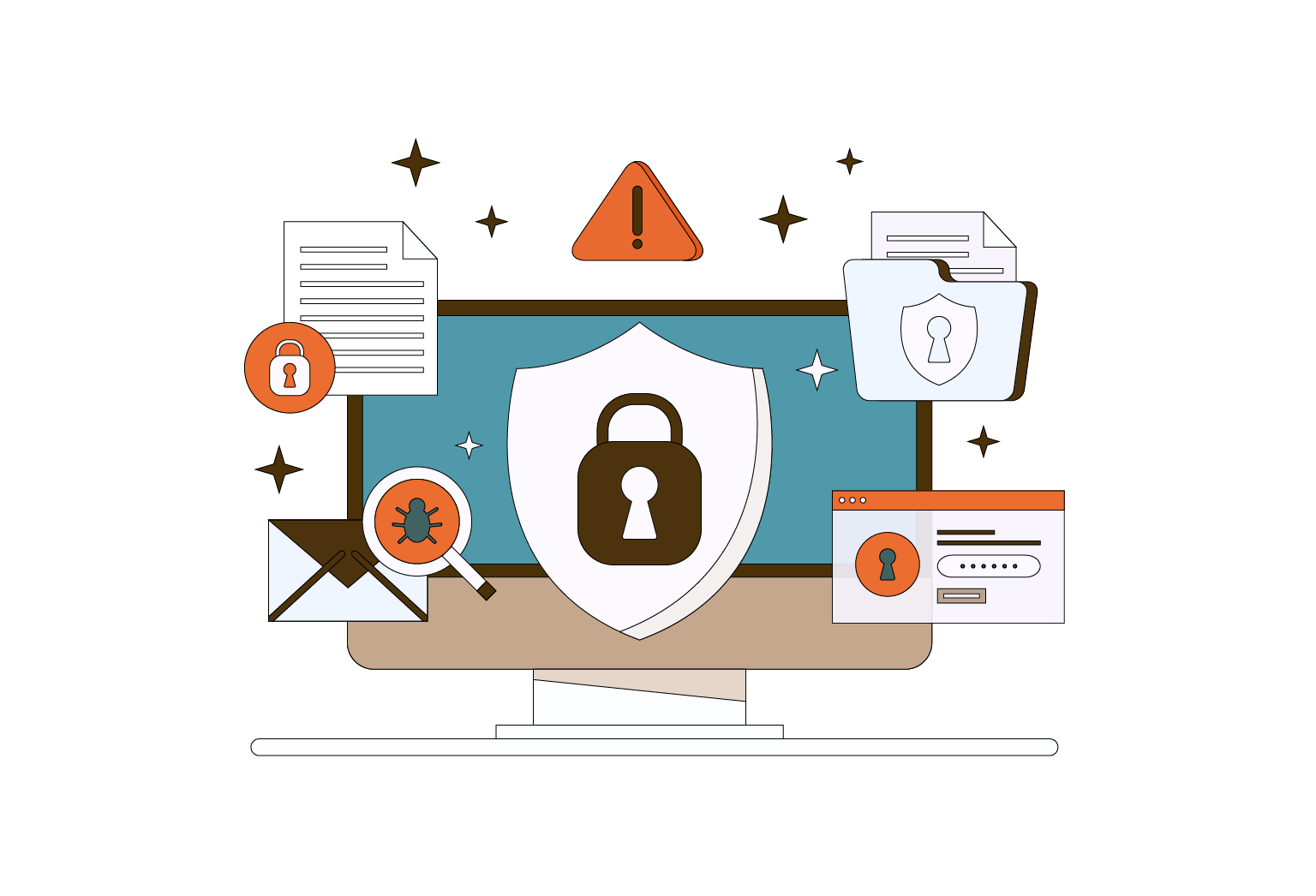 similarly as your application is beginning to take off and attract a large user base. Understanding that your application could also be dependent upon comparative assaults causes you to feel anxious. As you know, reinforcing the Golang security of your application is basic about sensitive user data and the standing of your brand.
similarly as your application is beginning to take off and attract a large user base. Understanding that your application could also be dependent upon comparative assaults causes you to feel anxious. As you know, reinforcing the Golang security of your application is basic about sensitive user data and the standing of your brand.
Now let’s talk about Golang for security precautions. You realize that Golang is trustworthy and strong for making versatile and effective applications, so now is the ideal time to become familiar with its security cybersecurity specialists to completely evaluate your application’s vulnerabilities and execute severe safety efforts.
Through the prism of Golang, we investigate the intricacies of threat modeling, secure coding procedures, and the anatomy of typical vulnerabilities that unleash havoc on software communities. Each chapter in this ordeal reveals a new line of defense, another strategy in the battle for digital sovereignty, from encryption algorithms that cover data in impervious shields to runtime Golang security systems that go about as sentinels against interruption.
Come along as we investigate the intricacies of secure software development, exploring the labyrinth of Golang security and equipping ourselves with the data and resources important to safeguard our applications in a world that is getting more connected by the day. Ready to embrace the future of secure development and reinforce your applications? The adventure is about to begin.
Golang’s Vigilant Approach to Securing Its Supply Chain Across the Digital Plains
The Go programming language, likewise alluded to as Golang, has a strong security supply chain that covers a scope of topics to ensure the integrity and security of its ecosystem. Golang utilizes various significant techniques and strategies to deal with its security supply chain.
Most importantly, every code contribution to Golang security tools goes through a thorough screening process. To assess the quality and security of submitted code, the Go community follows severe rules and conducts code audits. This incorporates checking for compatibility with previous libraries and modules, adhering to coding guidelines, and surveying possible vulnerabilities.
Besides, “go modules,” a centralized package management system, are vital for Golang. With the assistance of this framework, engineers can easily deal with dependencies and ensure that libraries and packages come from reliable sources. Go modules also offer checksum verification and versioning to guard against malicious modifications or tampering with packages.
Code review and package management are two additional things that Golang’s development process coordinates with security best practices. This involves routine vulnerability analyses, security audits, and prevention against new threats. To stay up with the latest on potential risks and issues, the Go team effectively screens security forums, vulnerability databases, and community feedback.
Moreover, Golang security places a high value on openness and communication in its security supply chain. Rules for managing disclosures, planning security updates, and reporting vulnerabilities are illustrated in the Golang security Policy. To appropriately address security concerns, this promotes participation between engineers, security researchers, and the larger community.
Golang’s security supply chain likewise incorporates ideal updates and patches, which is a significant part. Regular updates are made accessible by the Go team to address security flaws, fix bugs, and improve execution. Clients can easily obtain the latest security enhancements as these updates are scattered through official channels, similar to the Go website and package repositories.
Dissecting the Singular Essence that Renders its Security Research a Beacon of Distinction
Golang, otherwise called Go, has acquired fame in recent years for its simplicity, effectiveness, and robustness in building scalable software systems. Its exceptional elements add to making Golang security research stand out in several ways. Right off the bat, Go’s statically typed nature upgrades security research by finding numerous common programming errors at compile time, decreasing the probability of vulnerabilities such as type confusion or null pointer dereferences. This assists researchers in focusing on more complex security challenges rather than managing fundamental coding mistakes.
Also, Go’s standard library incorporates built-in support for concurrency through goroutines and channels, making it simpler to safely compose concurrent and parallel code. 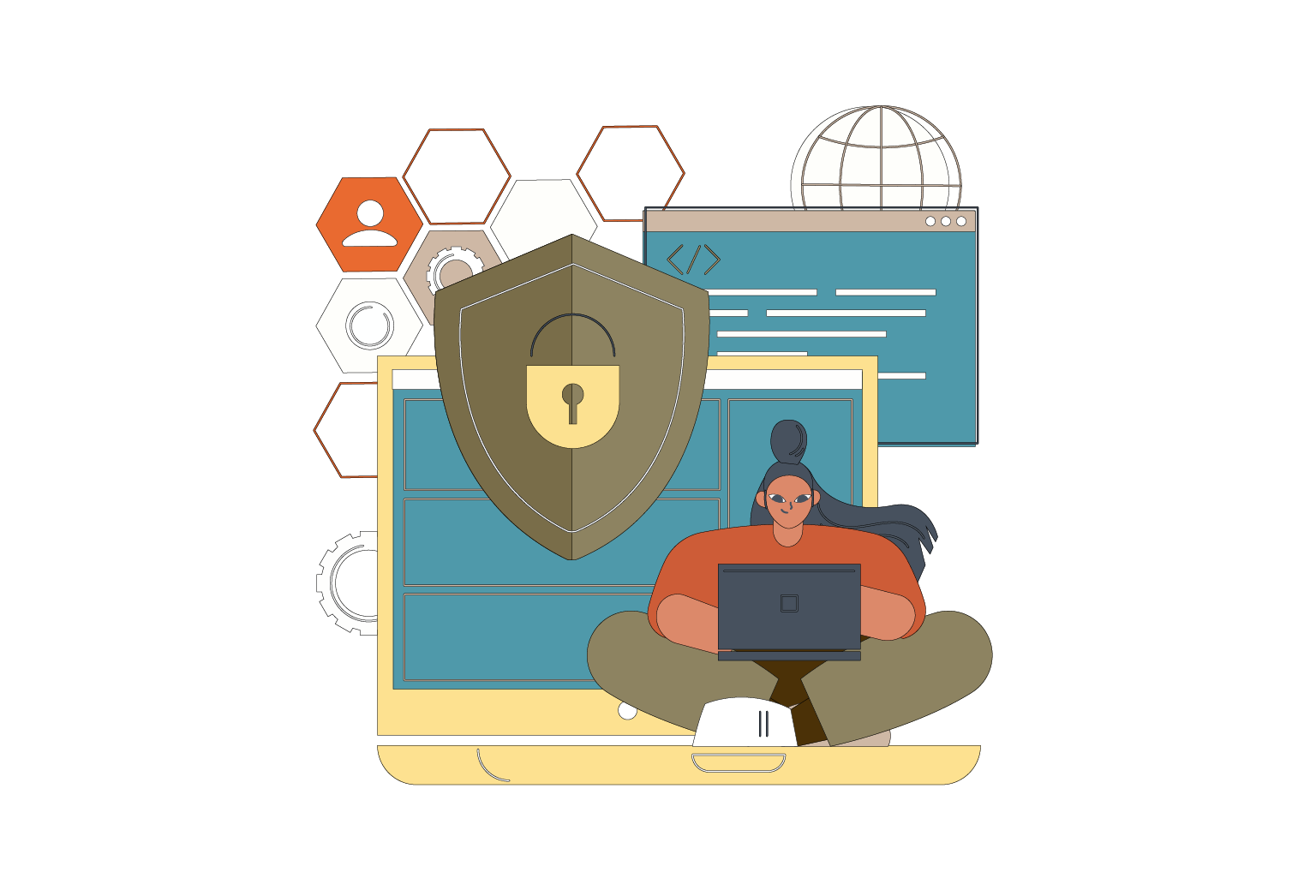 This concurrency model decreases the risk of common concurrency-related vulnerabilities like race conditions or deadlocks, which are common in other programming languages.
This concurrency model decreases the risk of common concurrency-related vulnerabilities like race conditions or deadlocks, which are common in other programming languages.
Moreover, Go’s emphasis on simplicity and readability advances better code understanding, making it simpler for security researchers to review and investigate codebases for potential Golang security issues. The language’s straightforward syntax and minimalistic design urge developers to compose cleaner and more maintainable code, prompting fewer security vulnerabilities.
Additionally, Go’s solid strong emphasis on performance and memory safety adds to creating more secure software. The language’s garbage collection mechanism and strict type system help prevent common memory-related vulnerabilities such as buffer overflows or memory leaks.
Pattem Digital’s Expedition Beyond CVEs Unveiling Golang’s Intricacies in Security Vulnerabilities
Leading security firms have wandered profoundly into the universe of Golang security issues, going on an illuminating trip beyond Common Vulnerabilities and Exposures (CVEs). Their work addresses a huge change from reactively fixing known vulnerabilities to proactively identifying and obstructing potential risks unique to the Golang security frameworks.
Golang, regularly alluded to as Go, has become staggeringly famous lately in light of its simplicity, concurrency support, and efficiency. However, very much like whatever other language, there are security chances related to it. By locating and fixing vulnerabilities intended for this environment, our exploration endeavors to further develop the security posture of Golang-based applications.
Pattem Digital’s research is vital for its far-reaching approach. We perform thorough analyses and evaluations of Golang security tools rather than just relying on pre-existing CVE databases to find vulnerabilities that probably won’t be commonly known or documented yet. Developers and security teams can successfully get their applications by remaining in front of potential threats and carrying out preemptive measures.
Besides, our commitment to openness and cooperation inside the developer community spurs his investigation concerning Golang security imperfections. Through publications, blog entries, and community outreach, they effectively scatter their discoveries, perspectives, and optimal methodologies. Through empowering open discussions and knowledge-sharing programs, Snyk empowers developers to cooperate to work on the security of their Golang projects.
Snyk’s research affects development practices and security culture in Golang-utilizing organizations, as well as distinguishing vulnerabilities. It is suggested that developers focus on security hygiene, integrate safety efforts into the software development lifecycle, and use tools and methods to recognize and alleviate potential risks early on.
Software security has gone through a change in perspective because Snyk researched Golang security issues. Through his adoption of proactive and agreeable systems, Snyk has blown away CVEs, which has reinforced the Golang ecosystem and enabled developers to make applications that are both secure and strong.
Noble Security Best Practices for Go Applications to Uphold the Knightly Virtues of Digital Protection
For security in Golang applications against an assortment of cyber threats and vulnerabilities, security best practices are fundamental. To forestall injection attacks such as SQL injection, command injection, and XSS attacks, user inputs ought to continuously be approved and sanitized. This is one fundamental input validation. Robust input validation can be worked with by using built-in packages like `net/url} and `regexp}. Secure configuration management is another fundamental part. 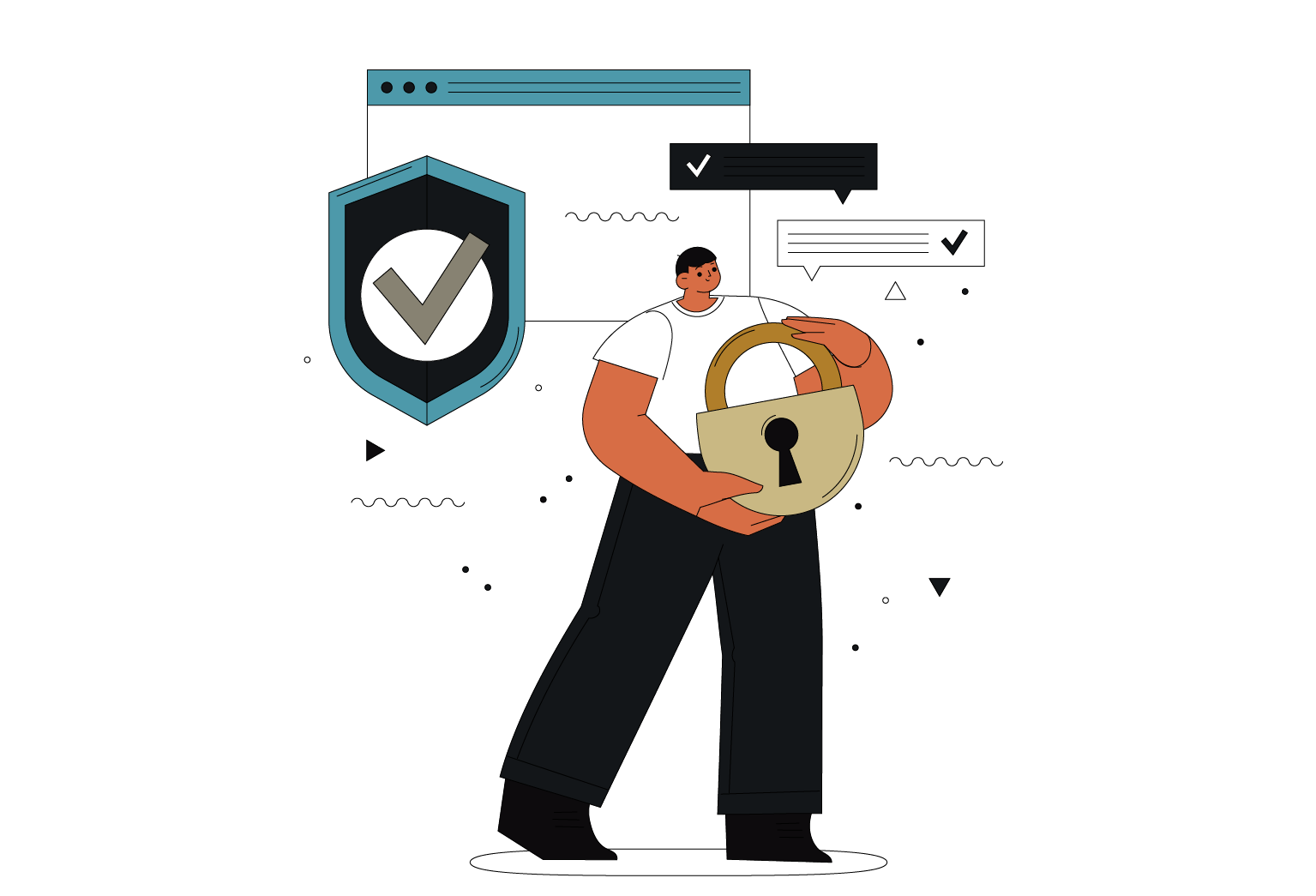 Passwords, database credentials, and API keys are instances of delicate data that developers ought to shun hard coding straight into the codebase. Rather, Golang security is improved by utilizing variables or configuration files that are excluded from variant control systems.
Passwords, database credentials, and API keys are instances of delicate data that developers ought to shun hard coding straight into the codebase. Rather, Golang security is improved by utilizing variables or configuration files that are excluded from variant control systems.
Also, to forestall man-in-the-middle attacks and eavesdropping, all client-server communications should utilize HTTPS. The ‘net/http} package that accompanies Go effectively handles HTTPS. Robust mechanisms for authentication and authorization should be utilized, joining role-based access control (RBAC) with procedures like OAuth2, JWT, or session-based authentication to guarantee suitable approval and limit client honors. It is crucial to utilize Go modules (‘go mod}) to update dependencies consistently to fix vulnerabilities and guarantee that secure and current libraries are used.
Moreover, integrating careful logging and monitoring tools makes it simpler to monitor application activity, spot inconsistencies, and immediately recognize unauthorized access attempts. Overall Golang security is additionally reinforced by sticking to coding practices, for example, keeping away from hard-coded secrets and using safe data serialization formats like JSON. Go applications can proficiently diminish security risks and shield sensitive data from potential abuse by industriously executing these security best practices.
Delving into Pattern Digital for GoLang Development Distinction
Our innovative Golang development company succeeds at offering unrivaled services by integrating cutting-edge Golang security frameworks effortlessly. We reinforce our development processes with strong input validation, safe configuration management, and HTTPS encryption, all while giving close consideration to detail. We have experience with sophisticated authentication systems, frequent Go module dependency updates, and extensive monitoring and logging systems. Taking on secure coding practices makes us stand apart as industry pioneers in reliable and secure Golang development services by guaranteeing that our clients’ applications are safeguarded against cyberattacks.
